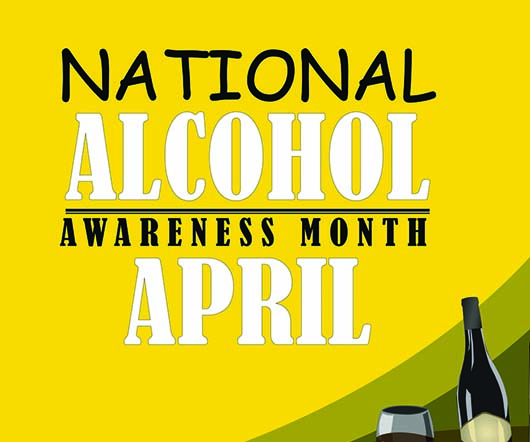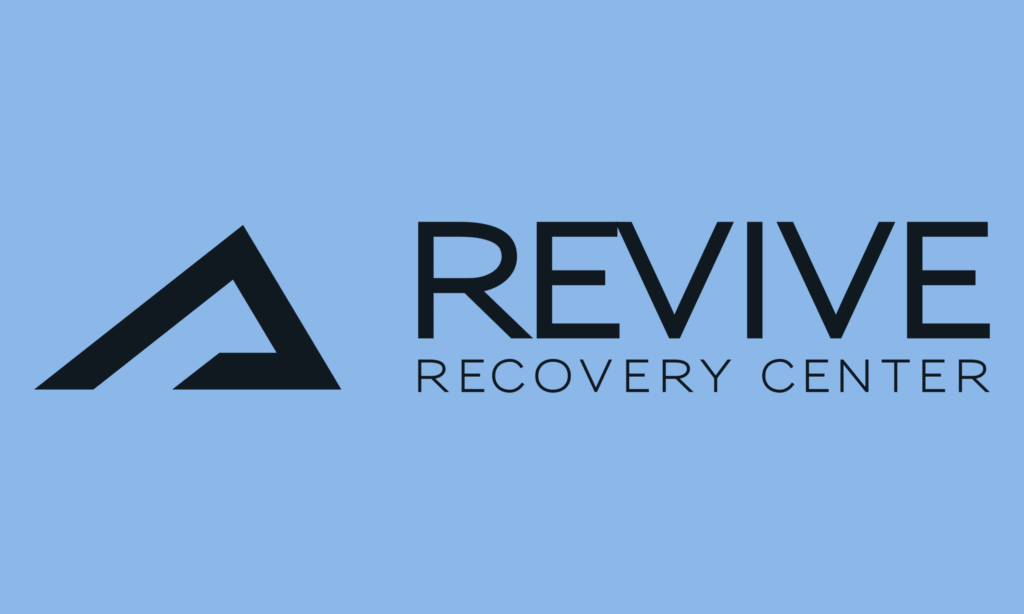Military service brings a risk for serious injury, and with it, the possibility of severe or chronic pain. Such pain may be treated with prescription medication —sometimes opioids, which carry...
Military service brings a risk for serious injury, and with it, the possibility of severe or chronic pain. Such pain may be treated with prescription medication —sometimes opioids, which carry a risk for overuse or misuse. SAMHSA has been working with the U.S. Department of Defense (DoD) and the U.S. Department of Veterans Affairs (VA) to enhance informed prescribing practices and prevent misuse that can result in overdose or even death.
Controlling Pain
Injuries incurred during military service can be complex and the management of chronic pain requires attention. According to Friedhelm Sandbrink, M.D., VA’s Acting National Program Director for Pain Management, up to 75 percent of older veterans experience chronic pain.
Prevalence of severe pain is strikingly more common in veterans than in the general population, particularly in younger veterans and in veterans who served during recent conflicts. Complicating matters are co-occurring disorders experienced by veterans, such as posttraumatic stress and traumatic brain injury, for which additional psychotropic medications may be prescribed. Medication interaction is an important consideration.
“The challenge for those prescribing medications in the military and in the VA is to find the right balance to get the pain under control and to keep the patient safe,” said Dr. Sandbrink. “We want to ensure that patients are finding relief and taking medications as prescribed, and that we are aware of other sedating medications or alcohol use that could increase the risk of overdose.”
He added, “in order to find the right balance, we nowadays rely less on medication and make much greater use of other approaches, including behavioral therapies, physical therapy and integrative health modalities, and emphasize physical and mental function.”
Providers outside the military systems and VA are accessed by more than half of those who serve, so they need to be aware of population-specific guidance for veterans and service members. This is particularly true for members of the National Guard and Reserve, whose home communities may not include military supports.
The High Risk Of Relapse
For individuals in recovery from a substance use disorder who relapse, the risk of overdose is greatest. Tolerance of a drug during sobriety decreases, so if a person resumes at the same dosage as before recovery, that use can be lethal. It is extremely important to educate family members on the possibilities of misuse and how to respond.
The DoD currently has a pilot project called Building Healthy Military Communities that addresses the unique needs of geographically dispersed service members and their families that may affect readiness, resiliency, and wellbeing. SAMHSA supports this work to address the mental health needs of service members and their families in communities throughout the U.S.
Interagency Task Force
The DoD, VA, and HHS participate in the Interagency Task Force on Military and Veterans Mental Health, created in 2013 to ensure veterans, service members, and their families can access the services and supports that they need. SAMHSA represents the U.S. Department of Health and Human Services on this Task Force. Through this partnership, SAMHSA provides a number of resources to DoD and VA providers.
SAMHSA and Veterans Affairs in Action
Dr. Karen Drexler, M.D., the National Mental Health Program Director for Substance Use Disorders in the VA, explained that, “SAMHSA resources and trainings are excellent. We are currently using many SAMHSA resources to educate Veterans, their families and clinicians about the best approaches to care.”
“SAMHSA’s contribution on the Task Force has led to some specific advancements that support military service members, veterans, and their families,” said Cicely Burrows-McElwain, SAMHSA’s Military and Veteran Affairs Liaison. “In addition to reviewing the clinical practice guidelines, SAMHSA also worked with the other agencies to relay and report prescription drug information to Prescription Drug Monitoring Programs which helps to prevent over prescribing and overmedicating.”
The VA also worked to eliminate the co-pay on drugs like naloxone that are used if someone overdoses, making it much more accessible to patients and their families.
Although advancements have been made to better equip treatment providers with information and training to prevent circumstances that could lead to addiction, opioid misuse continues to be a serious public health concern. Providers in the DoD and VA continue their efforts to address pain and limit opioid use, while discussing potential associated risks with military service members, veterans, and their families. SAMHSA’s work with the Task Force, and work done to support states across the country through the SMVF TA Center, will ensure that the support, resources, and training to improve care and prevent substance use disorders is accessible no matter where military service members and veterans go for care.
Substance Abuse and Mental Health Services Administration | 1-877-SAMHSA-7 (1-877-726-4727) | http://www.samhsa.gov. SAMHSA is a public health agency within the U.S. Department of Health and Human Services. Its mission is to reduce the impact of substance abuse and mental illness on America’s communities.


























